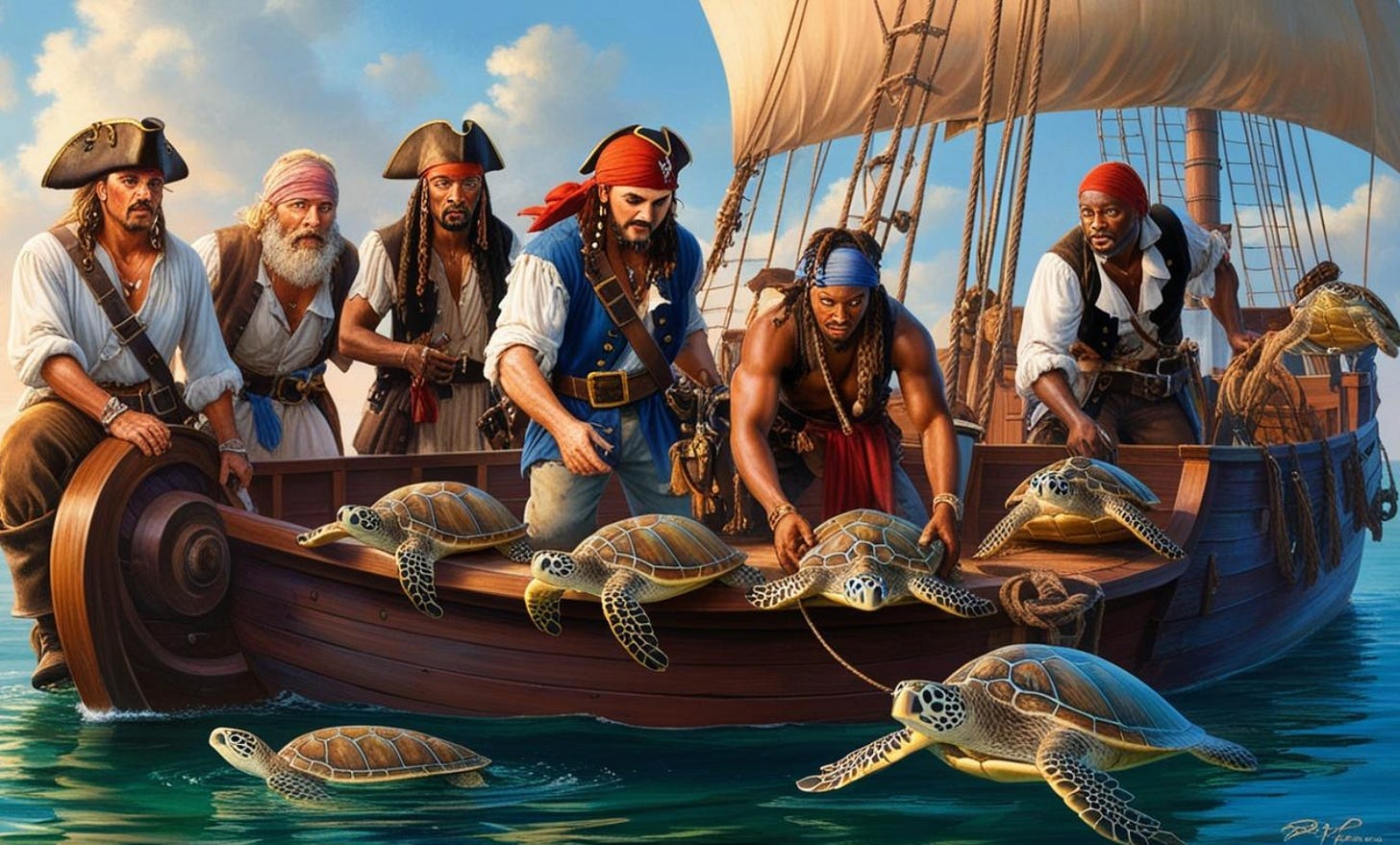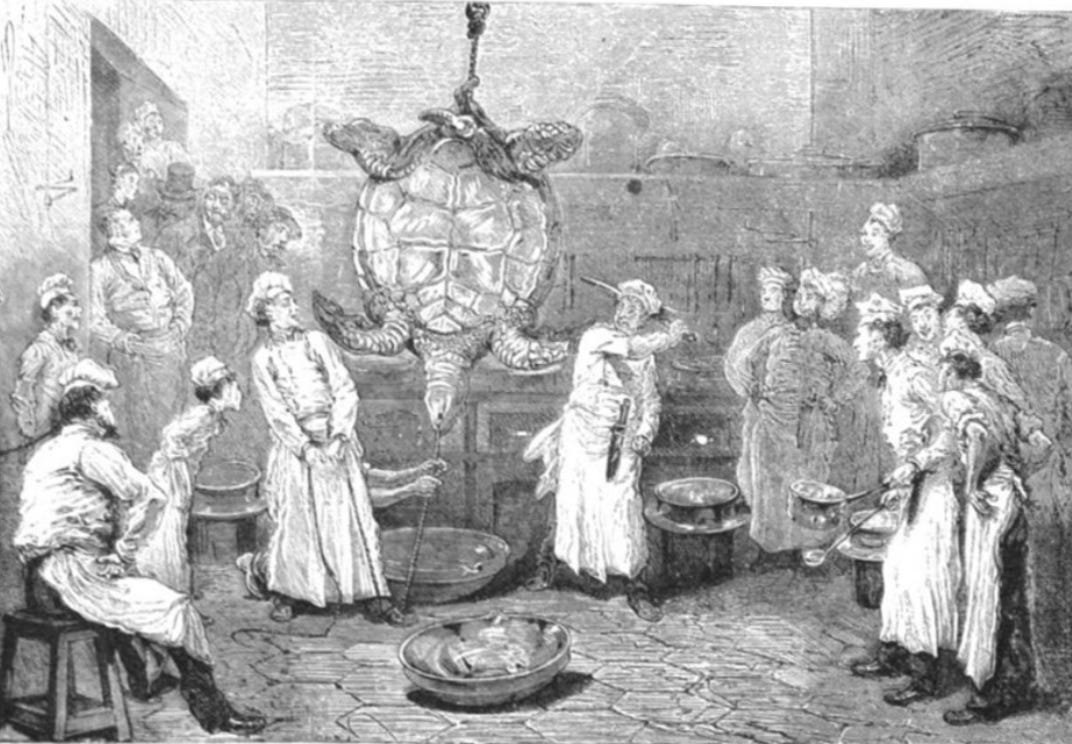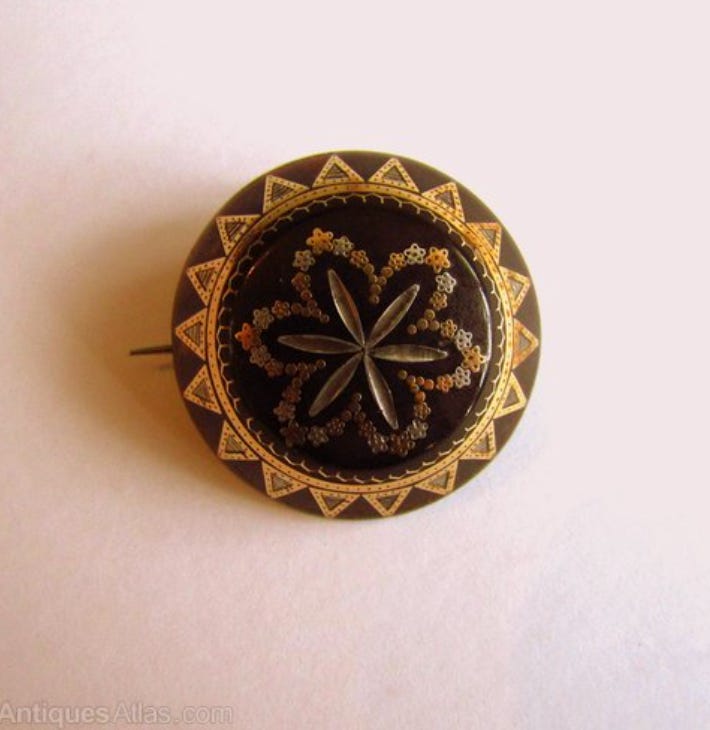11. HOW PIRATES MADE TURTLES FASHIONABLE
…my on-going exploration of the rich history and evolution of Caribbean food and its many influences over time
TURTLE KINGDOM
The most obvious and easy way the pirates had of feeding themselves was with turtle meat. Some 80 million turtles had managed to survive the Taino and even the arrival of the hungry Spaniards, eager to eat their flesh on Fridays (since they assumed that turtles were a species of fish). But it was the pirates who, once they’d learned how to monetize these reptilian rewards, made turtle meat a must-have delicacy and accelerated their near extermination.
As was often the case, the Taino were valuable allies; they taught them the tricks of how best to capture turtles – a task that proved a lot easier, not to mention safer, than rustling Spanish-protected cattle. And turtles offered a bounty of meat. One large leatherback – one of four indigenous species – could weigh over 1,000 lbs (500 kg) and easily feed a pirate crew (usually around 50 men…and women) for several days. When it wasn't salted, the turtle was cooked in a variety of ways: the meat from one part of the shell, which was softer, was roasted (on the boucan) with various herbs and peppers, while the tougher meat was slowly cooked in a broth along with turtle eggs. Sometimes the entire animal was roasted whole in its shell.
TURTLE KINGS
Some pirates realised that hunting turtles was less hazardous than hunting Spanish galleons. The pirates benefitted as their trade in turtle meat skyrocketed; the captains of the ships benefitted as they could earn some extra cash on the side. And increasing demand opened up new opportunities: enter the turtliers. These were roving crews who specialised in sourcing turtle meat. They would go out in groups of four or six sloops, often for several weeks at a time. The scope of their search extended across the Caribbean, sometimes as far south as Cartagena. It’s no coincidence that the small island just north of Haiti is called Tortuga, the Spanish for turtle.
This was time spent well. On a good hunt, they would catch between 50 and 100 turtles – the equivalent of over 10 million calories of protein. Some of these captured turtles were kept in specially designed cages – called crawls – in secluded areas of Port Royal.
Fortunately, though they were prepared to search near and far for a good haul, the richest bounty was closest at hand: the Cayman Islands. Here, every year, thousands of the reptiles came to nest and lay their soft eggs in the sandy beaches. It was claimed lost ship captains could navigate simply by listening for their thrashing sounds.
As you can see from the map, the Caymans – a group of three islands (Cayman Brac, Little Cayman and Grand Cayman) – are just about 200 miles west of Jamaica, or a few days’ easy sail. No surprise, then, that soon enough the Jamaicans supplanted the buccaneers in controlling the trade and over 60 vessels were engaged full time in turtle fishing.
Turtles were also the centrepiece of the ultimate (perhaps apocryphal) pirate meal: Salagamundi. This was reportedly a combination of turtle meat, beef, pork, chicken, ham, pigeon and fish, marinated with spiced wine and roasted. Added to this were chopped cabbage, anchovies, pickled herring, mango, hard-boiled eggs, palm-hearts, onions, olives and grapes, plus pickled chopped vegetables, garlic, chili-pepper and mustard, along with salt and pepper. It was all served in a mound on a large dish.
Bring on the antacid tablets.
It's a safe assumption that if such a meal existed, it was cooked not in one of the pirates' hideaway cays but in somewhere like Port Royal. And that was fortunate as turtle meat, they thought, had the added advantage of being a handy cure for the pox (not the small one, but the 'large pox', aka, syphilis), which was often enough one of Port Royal’s parting gifts to its visitors.
If initially the pirates caught turtles for their own dining needs, quickly enough they spotted the opportunity to sell them to the flotilla of vessels (of any nation) that plied the seas in the area, particularly those readying for the long haul back to Europe. For, apart from their size and thus the potential to feed the entire crew, turtles could survive for weeks without water, even as the rest of the catch earned the captains those rich rewards.
Turtle meat became such a lucrative business that many ships heading back west outfitted themselves specifically for the trade: they installed cages (sometimes as many as three hundred) in which the smaller reptiles were housed, while the larger (leatherback) ones simply prowled the decks snacking on the fodder they were given.
They quickly became much sought after as an exotic culinary treat, initially by Royalty. And once Royalty likes something, magically, everybody else starts liking it too. Turtle soup became the must-have dish for the fashionable set. It was delicious, it was expensive, it was rare and therefore it was exclusive. This humble food source of the much-persecuted Taino had attained snob value in Europe.
The world-famous botanist, explorer and artist, Joseph Banks (who motivated Captain Bligh to seek out the breadfruit) hit on the bright idea of buying a live turtle and keeping it in his bath. A salt-water reptile in a fresh-water bath...unsurprisingly, it died. No matter, he turned it into three large tureens of soup as part of a grand feast for his friends.
The preparation and cooking of turtle meat was not a job for the faint-hearted. The poor animal had to first be beheaded, hung by its backfins to drain away all the blood then the meat hacked away from the shell with a sharp axe. Such preparation, described in English cookbooks at the time as being of ‘The West Indian Way’ was probably one of the first examples of a food style native to the Caribbean that was recognised as such and had an influence on European cuisine.
FROM FOOD TO FASHION
It wasn’t just the meat that became popular. ‘Stuff’ made with turtle shell became the ultimate fashion item: brooches, hat pins, combs, powder cases, picture frames and pretty much anything that could be carved and turned into trinkets of taste.
It took over 200 years, but eventually the good times came to an end. Long after piracy had gone past its sell by date (because by then the British pretty much owned most of the Caribbean), the supply of turtles began to falter. The relentless slaughter took its toll, and the species was driven to near extinction, By the 1890s, the craze for turtle passed in England, and mock turtle soup (using calves’ heads and brains) became an acceptable replacement.
And anyway, the British had far more important matters to turn their attention to: sugar!












